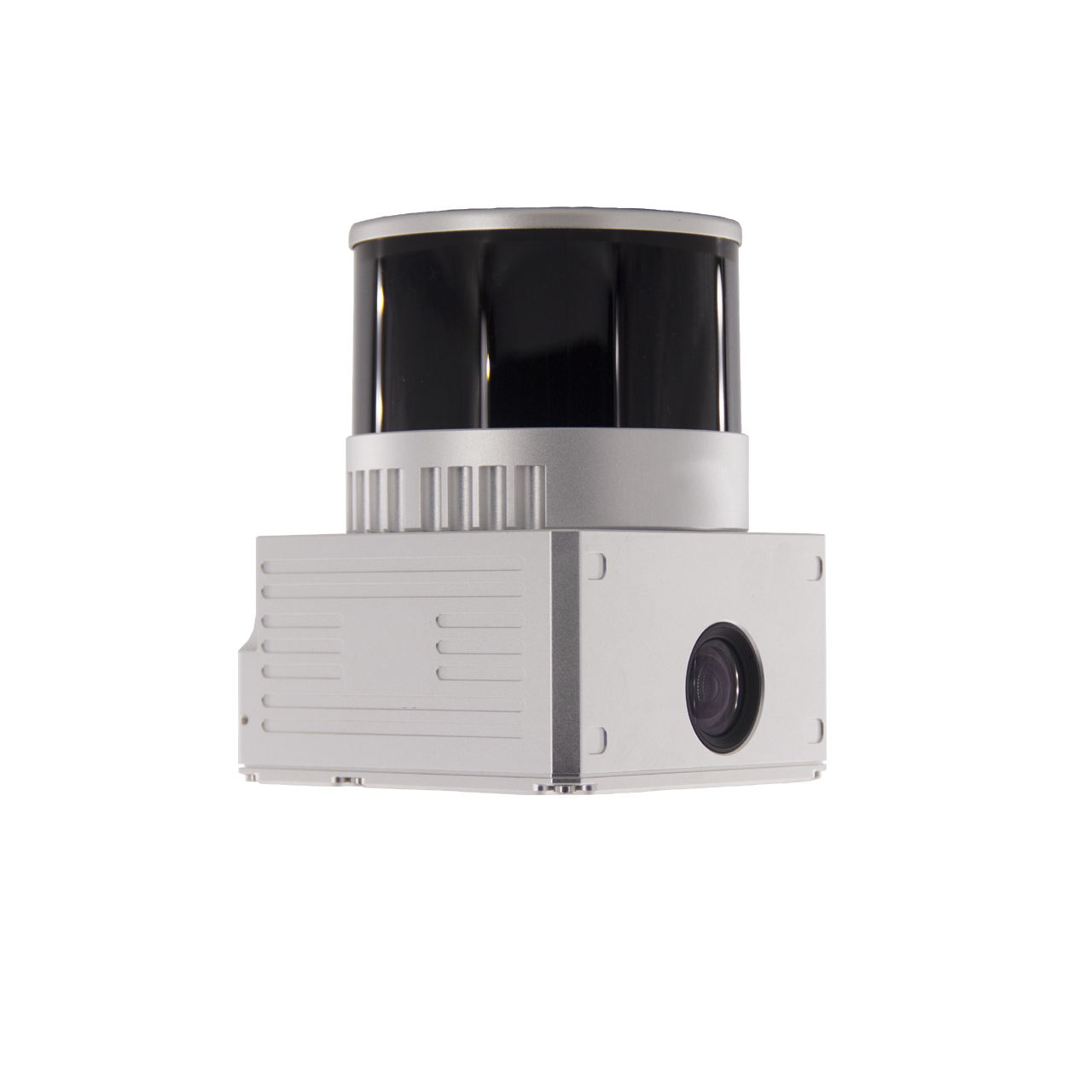
Lidar is a radar system that emits laser beams to detect the position, velocity and other characteristic quantities of targets. The millimeter wave radar refers to the radar that works in the millimeter wave band. Millimeter waves are essentially electromagnetic waves. The frequency band of millimeter wave is relatively special, its frequency is higher than radio, lower than visible light and infrared, and the frequency range is roughly 10GHz-200GHz.
Working principle: It transmits a detection signal (laser beam) to the target, and then compares the received signal (target echo) reflected from the target with the transmitted signal. After proper processing, the relevant information of the target can be obtained, such as Parameters such as target distance, bearing, altitude, speed, attitude, and even shape.

Working principle: Millimeter wave radar principle: The electromagnetic wave signal emitted by the radar system is blocked by the object on its emission path and then reflected. By capturing the reflected signals, radar systems can determine the distance, velocity and angle of objects.

Millimeter-wave radar has been used in luxury cars since the last century, and the technology is relatively mature. The wavelength of millimeter wave is between centimeter wave and light wave, because this millimeter wave has the advantages of microwave and photoelectric guidance, and has the advantages of small size, light weight and high spatial resolution. Compared with lidar, the millimeter-wave seeker has better penetration ability to fog, smoke and dust.
The disadvantages of millimeter-wave radar are also intuitive. Its detection range is directly limited by the loss of the frequency band (if you want to detect far, you must use a high-frequency radar), it cannot sense pedestrians, and it cannot accurately simulate all surrounding obstacles.
Contact: Fly Dragon Drone Tech.
Email: frank at dronefromchina.com
Add: NO. 9 Dayu Road PiDu distric, ChengDu 611730, China